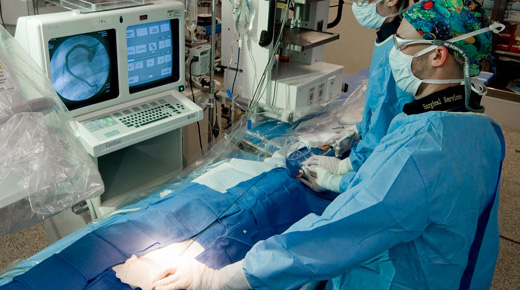How confident are you when it comes to design validation? Does this always involve clinical evaluation, or not? We’ve found that, like many other terms in medical device development, the two can end up getting confused. When do you use one or the other?
|
ADVERTISEMENT |
There tends to be a lack of clarity out there because you’ll get different answers, depending on whom you ask. Sometimes it all comes down to context, which we’ll take a look at.
General definitions
When we’re asked about design validation and clinical evaluation, here’s how we look at them in general terms:
Design validation: This is a key requirement for proving that your medical device meets the needs of the defined end-user. It is an element of design controls and is really about proving that the product developed is the correct device in the first place.
…

Add new comment